by Btari Nadine
As Indonesia's staple food, price fluctuations will usually be an indicator for the community about the economic situation and national agricultural performance. For example, when the price of rice rises along with the long dry season (which destroys the farmers' rice), the government will usually increase the price so that imports do not increase in the market.
What Drives Price Fluctuations in the Rice Market?
Before we discuss risk management techniques for rice farmers in the United States, let's first look at the factors that drive rice price movements.
Holidays
Ahead of major holidays such as Eid al-Fitr or during the fasting month, demand tends to increase. If there is little rice stock, the price will soar. However, the government usually anticipates rising food prices ahead of the big day, so that stockpiles have been prepared.
Government Programs
rice imports and exports by the Ministry of Trade, rice operations by Bulog (Logistics Affairs Agency), or other government programs related to food will increase the supply of rice in the domestic market. This will certainly affect the price of rice.
Weather
Long droughts and excessive rainfall will affect the quality of rice plants. In addition to declining crop quality, extreme weather can also cause crop failure. This can reduce the supply of rice in the market. However, if demand also declines, prices are likely to remain stable.
Crop failure
Crop failure due to extreme weather, pests, etc. can affect rice supply and push prices to change.
Farmer Conflict
Situations such as farmers 'strike' will affect the supply of rice in the market. This is usually unpredictable, so the price will usually tend to fall.
Solution for Uncertain Rice Prices: Futures Contracts
One of the hedging solutions that have been carried out by commodity exchanges in the United States is through the issuance of rice futures contracts. This contract works, in addition to speculation for traders, as a means of hedging from uncertainty, especially rice prices in the future. How does it work? Let's look at the following example.
Example of Short Hedge Rice Futures Contract
A farmer has just agreed to a contract to sell rice weighing 200,000 cwt (hundredweights) which will be physically delivered in 3 months. The selling price agreed by both parties is based on the market price of rice today.
At the time of the transaction, the spot price for rice is USD 13.71/cwt while the futures price for delivery within 3 months is USD 14.00/cwt.
To lock in the selling price at USD 14.00/cwt, rice can enter short positions on several futures contracts, as needed. If each futures contract is limited the farmer will be required to short100 futures contracts.
This hedging strategy ensures that farmers will be able to sell 200,000 cwt at a price of USD 14.00/cwt for a total amount of USD 2,800,000.
Example of Long Hedge Rice Futures Contract
Rice exporter has to buy 200,000 cwt of rice within 3 months. The spot price of rice was USD 13.71/cwt, while the futures price for delivery within 3 months was USD 14.00/cwt.
To hedge against rising rice prices, rice exporters decided to lock in a future purchase price of USD 14.00/cwt by making decisions on futures contract prices. If each futures contract reaches 2000 cwt, then the exporter needs to buy 100 futures contracts to hedge.
This hedging strategy ensures that rice exporter can buy 200,000 cwt of rice at USD 14.00/cwt for a total amount of USD 2,800,000.
- USDJPY Melemah Di Tengah Spekulasi Intervensi Yen Oleh Otoritas Jepang
- Konflik Timur Tengah Masih Bergejolak, Harga Minyak Bertahan Bullish
- Harga Emas Menukik Tajam Menyusul Meredanya Konflik di Timur Tengah
- Konflik Masih Berlanjut, Minyak Mentah Justru Bergerak Turun
- Pernyataan Para Pejabat ECB, Topang Kinerja Mata Uang Euro







